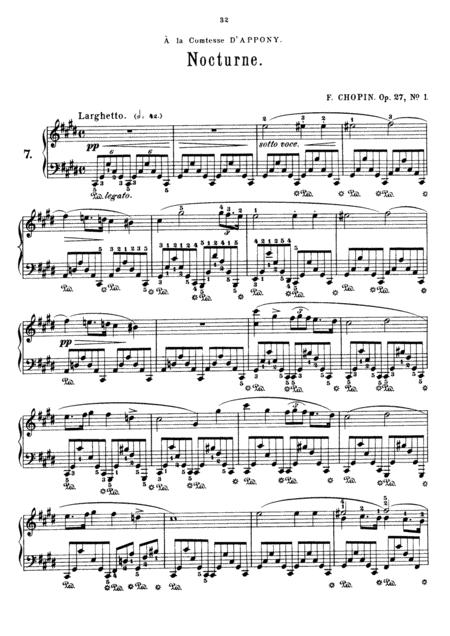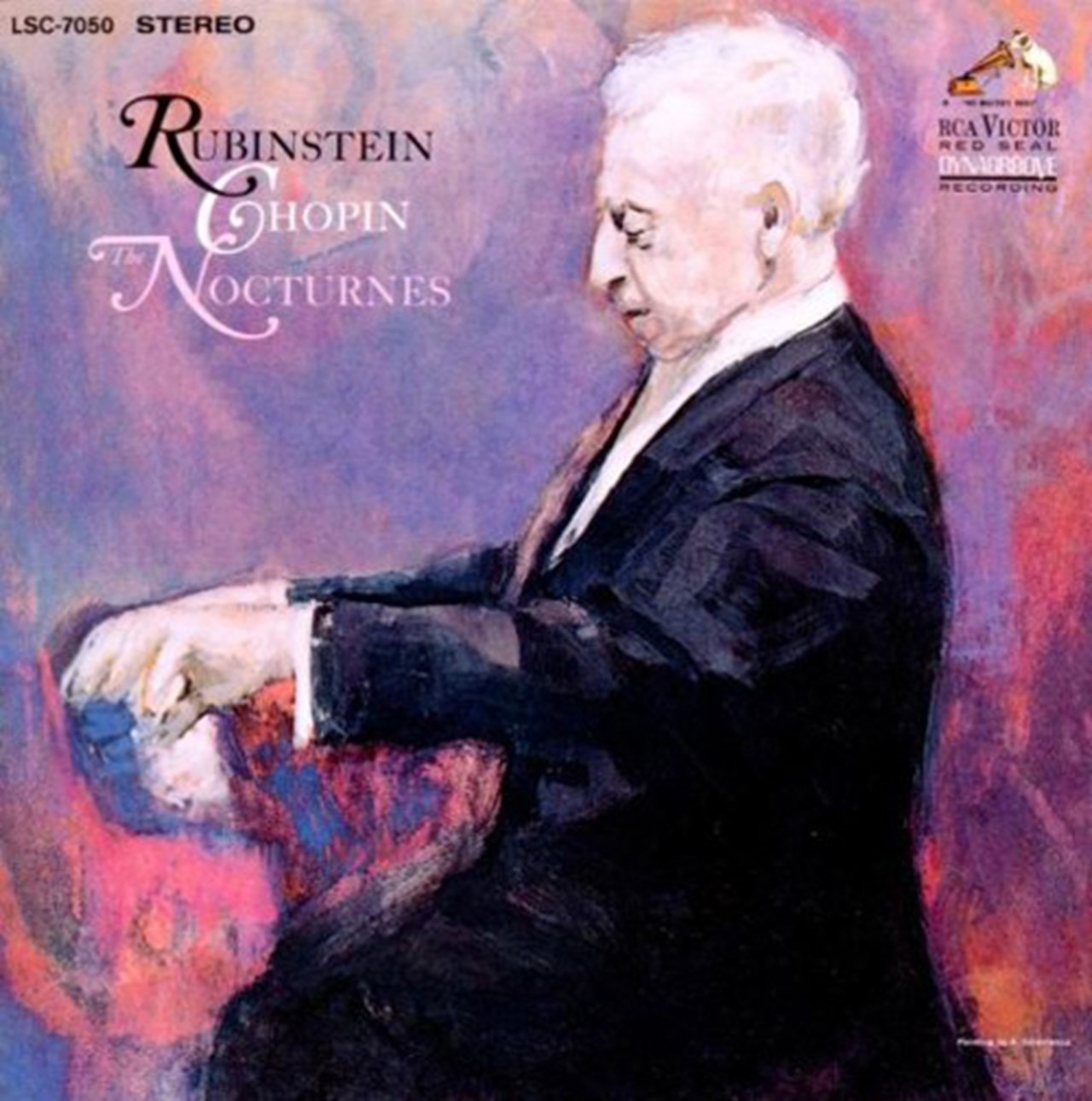

The piece is full of coloratura ornaments, and ends with a wide chord in the left hand accompanied with right hand triplets in a high octave to lead to a legatissimo smorzando adagio ( senza tempo). The second contrasting section, Agitato in B minor, is a very dramatic one with a combined melody and counter-melody in the right hand and continuous 8th note arpeggios in the left, which requires an amount of virtuosity. The main theme is chromatic, but filled with nostalgic energy. The final dance of the ballet In the Night by Jerome Robbins (1970), was choreographed to this music. 2 in E flat major" in Chopin: a graded practical guide (Eleanor Bailie, Issue 3 of The pianist's repertoire) pp303–306 Kahn & Averill, 1998 ISBN 1-87, ISBN 978-1-87. Jean-Jacques Eigeldinger, Roy Howat) pp77–79 Cambridge University Press, 1989 ISBN 9-3, ISBN 978-9-7. 9/2, E flat major" in Chopin: pianist and teacher as seen by his pupils (ed. Jean-Jacques Eigeldinger "Nocturne op.Carl Schachter, Hedi Siegel) pp102–127 Cambridge University Press, 2006 ISBN 2-9, ISBN 978-2-5. John Rink "Structural momentum and closure in Chopin's Nocturne Op 9 No 2" in Schenker Studies 2 (ed.The waltz-like accompaniment gently emphasizes the 12/8 meter, 12 beats to the measure subdivided into four groups of 3 beats each. The nocturne also includes a subordinate melody, which is played with rubato.Ī sonorous foundation for the melodic line is provided by the widely spaced notes in the accompaniment, connected by the damper pedal. With each repetition, it is varied by ever more elaborate decorative tones and trills. This melody is heard again three times during the piece. Nocturne in E-flat major opens with a legato melody, mostly played piano, containing graceful upward leaps which becomes increasingly wide as the line unfolds. The penultimate bar utilizes considerable rhythmic freedom, indicated by the instruction, senza tempo (without tempo). The A and B sections become increasingly ornamented with each recurrence. This well-known nocturne is in rounded binary form (A, A, B, A, B, A) with coda, C.

op-53 sagreras op53 nocturno n✢ chopin Sagreras, Julio - Guitar solo (standard notation. 20 in C-sharp minor, Lento con gran espressione Chopin, Frédéric.
CHOPIN NOCTURN FREE
2Ĭhopin composed his best-known Nocturne in E-flat major, Op. Browse links for 'chopin nocturn' Free sheet music Instrumentations & Opus. The reprise of the first section grows out of this, followed by a Picardy third ending. The opening section moves into a contrasting middle section, which flows back to the opening material in a transitional passage where the melody floats above seventeen consecutive bars of D-flat major chords. The left hand has an unbroken sequence of eighth notes in simple arpeggios throughout the entire piece, while the right hand moves with freedom in patterns of seven, eleven, twenty, and twenty-two notes. This nocturne has a rhythmic freedom that came to characterise Chopin's later work. The second nocturne of the work is regarded as Chopin's most famous piece. 9 are a set of three nocturnes written by Frédéric Chopin between 18, published that year, and dedicated to Madame Camille Pleyel.


 0 kommentar(er)
0 kommentar(er)
